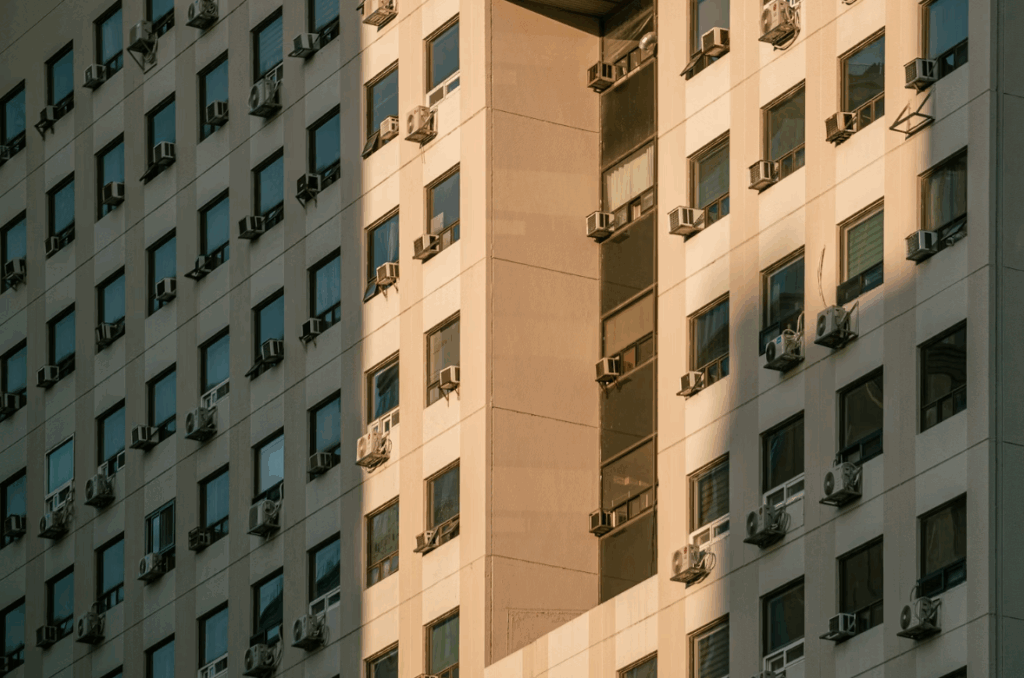Urban areas have always been dynamic centers of innovation, culture, and economic opportunity, but the pace of change today is unprecedented. Cities are evolving into smarter, greener, and more connected ecosystems, driven by technological advancements and the pressing need for sustainability. The rise of smart infrastructure, powered by the Internet of Things (IoT), has enabled cities to collect and analyze data in real time, improving services like public transportation, energy management, and waste reduction. For residents, this means living spaces that adapt to their needs, providing not only convenience but also a higher quality of life.
Another major shift shaping urban living is the prioritization of sustainability in both residential and commercial developments. Green buildings with energy-efficient systems, rooftop gardens, and water conservation technologies are becoming the new standard. Governments and private developers alike are investing heavily in reducing carbon footprints, which translates to healthier environments and long-term cost savings for property owners. Moreover, the push toward renewable energy integration ensures that the cities of tomorrow are less dependent on fossil fuels, paving the way for cleaner air and reduced pollution.
The role of mixed-use developments has also expanded significantly. These spaces combine residential, commercial, and recreational facilities, enabling people to live, work, and socialize within walkable communities. This trend supports healthier lifestyles and reduces the reliance on cars, cutting down on traffic congestion and emissions. For real estate investors, mixed-use properties represent an opportunity to meet the demand for convenience and community-centric living, making them a valuable addition to any portfolio.
Technology has fundamentally altered the way we interact with urban spaces. From app-based services that streamline commuting to AI-driven building management systems that optimize energy usage, innovation continues to reshape daily life. Furthermore, virtual and augmented reality tools are revolutionizing property viewing, allowing prospective buyers to explore homes remotely in lifelike detail, saving both time and resources. These advancements have made real estate markets more competitive, creating opportunities for those who stay ahead of the curve.
Looking forward, the cities of the future will likely be defined by resilience and adaptability. Climate change, population growth, and economic shifts will demand that urban areas continue to innovate. Real estate professionals, urban planners, and residents alike will need to embrace new ways of thinking about space, sustainability, and technology. Ultimately, the transformation of urban living presents not only challenges but also extraordinary opportunities for creating environments that enhance human well-being and foster sustainable growth.

